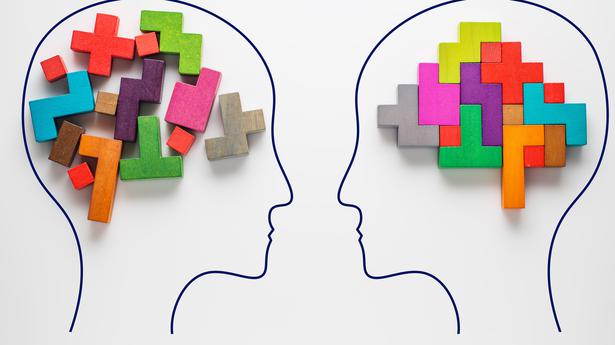
A range of futures
The Hindu
Future literacy raises awareness of alternative learning pathways and gives confidence in collectively co-creating learning futures
Fuel stations are closed. Roads are empty. You realise that the world is waking up to a sudden oil shortage. This is how World Without Oil, an award-winning artificial reality game, begins. The game engaged millions of ordinary individuals to tap collective intelligence on how people imagine and adapt during a crisis. It is a futurist’s attempt to ignite awareness, dialogue, and action about a possible future crisis.
Thinking about the future need not be limited to crises. In an uncertain world, future literacy is a civic capability and responsibility.
Just like reading and writing, being future literate is an essential competency. UNESCO sees it as a field-tested solution to the poverty of imagination. Being future literate enhances our ability to prepare, imagine/reimagine, create/recreate, recover and discover possibilities. Reshaping education at the intersection of technology and sustainability requires us to apply the same skills — at least to move away from the past. While the past is a good reference point and learning source, it is important to move forward. for which foresight skills need to be developed.
A futurist is one who models next-order outcomes using a spectrum of signals, trends and tools. Futurists do not make predictions., but create readiness and imagine alternate futures. Businesses use it to strategise. It aids governments in policy planning. For instance, how many facilities of higher learning we need in Sikkim and Bihar in 2040 will be influenced by the prevailing fertility rates, as one of the input variables. Sikkim has the lowest and Bihar has the highest fertility rates.
Thinking about education futures opens up a range of possible futures. It raises awareness of alternative learning pathways, discards passivity, and gives confidence in collectively co-creating learning futures, setting aside careerism and ideological baggage.
As the future is not static and is about possibilities, there can be a range of futures within education. The widest set of possibilities that may happen, given the limits of uncertainty, is called plausible futures. Within that, there are probable futures that are likely to happen. Then there is preferred futures — the future that you want to see happen. Futures co-exist. That is how classroom, blended and online learning can coexist.
Is imagining the future a difficult skill? Though the brain has the power to imagine, scientists say it is not wired to think about the future in vivid ways. So, we need deliberate efforts to impart future skills and tools.











